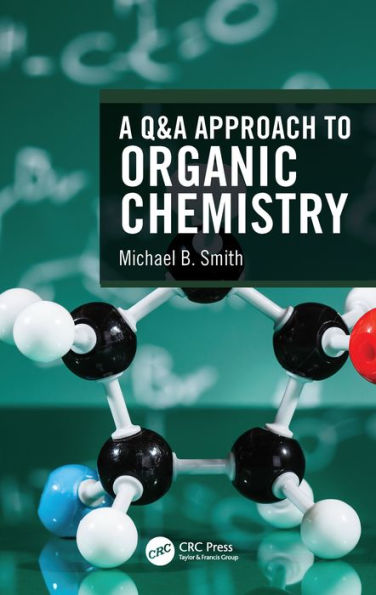Professor Michael B. Smith was born in Detroit, Michigan in 1946 and moved to Madison Heights, Virginia in 1957, where he attended high school at Amherst County High School. He received an A.A. from Ferrum College in 1967 and a B.S. in chemistry from Virginia Polytechnic Institute in 1969. After working for three years at the Newport News Shipbuilding and Dry Dock Co. in Newport News VA as an analytical chemist, he entered graduate school at Purdue University. He received a Ph.D. in Organic chemistry in 1977, under the auspices of Professor Joe Wolinsky. Professor Smith spent one year as a faculty research associate at the Arizona State University with Professor G. Robert Pettit, working on the isolation of cytotoxic principles from plants and sponges. He spent a second year of postdoctoral work with Professor Sidney M. Hecht at the Massachusetts Institute of Technology, working on the synthesis of bleomycin A2.
Professor Smith began his academic career at the University of Connecticut in 1979, where he achieved the rank of professor of chemistry. In 1986 he spent a sabbatical leave in the laboratories of Professor Leon Ghosez, at the Université Catholique de Louvain in Louvain-la-Neuve, Belgium, as a visiting professor. He retired as a full professor from the University of Connecticut on January 1, 2017, and is currently pursuing his interests as an author.



